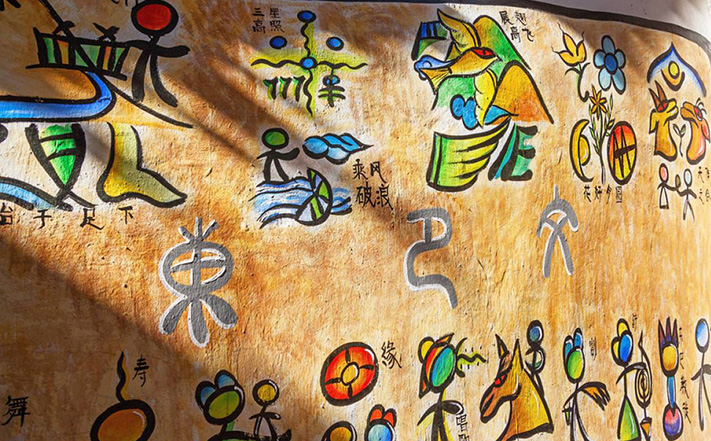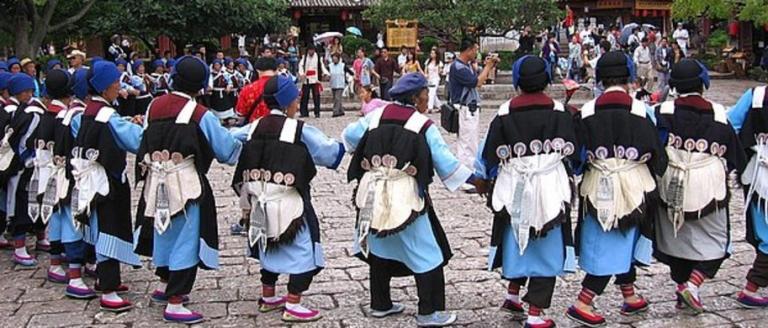The Dongba Culture
2 min readThe Naxi people are a small nation group with a long history and great culture in southwestern China. Now, this group has 3,000, 000 people who mainly live in Yulong County and Lijiang City , Yunnan Province. The Naxi people have become known worldwide for having kept their own old and unique Dongba Culture.

The Dongba culture, or old Naxi culture, was named from the Dongba Scriptures kept in the Dongba pictographic writing system. The Dongba Scriptures are classics of the Dongba Religion. With old Naxi people and nature worship as its basic characters, the Dongba Religion was formed on the basis of the Naxi old religion and under the influence of both Han and Tibetan culture.
The Dongba script was created in the Tang Dynasty over 1,000 years ago. In the Naxi language it is called “ss” dgyu or “lü” sgyu, meaning “wood records” or “stone records”. As the Dongba Religion uses the script to write the scriptures, it is known as the Dongba script. The Dongba Culture also includes paintings, dance, and music as well as religious rites and ritual tools. Dongba paintings are divided into three kinds: wood-board painting, paper-board painting and cloth-scroll painting. Among them, the cloth-scroll painting is the best-known, showed by the Sacred Journey , which describes the Heaven, the human world, and the hell. The Sacred Journey is really a very large painting. It is 14 meters long and about 30 centimeters wide, with over 370 different images of human beings, gods, the Buddha, ghosts, and animals.
Dongba dance comes from the social production and daily life of Naxi ancestors, and shows both the character and the beauty of the Naxi people. For example, Cuomo is known as a textbook for dancing. It records 60 types of dances for worshipping the Buddha and gods. It is an ancient and almost complete dance note of China. One can dance to it even now. The Dongba religious rites are as many as over 50 types. The major ones include the worshipping of Heaven, old Naxi people, wind, and begging for living as long time as wish. By now, there have been still more than 30 ritual tools left from the ancient times.









